Sifting through an onslaught of misinformation and competing narratives is one of the greatest challenges of the COVID-19 health crisis. Meedan is working with fact-checking groups across the globe to debunk misleading health claims and support responsible verification efforts in many contexts. Our public health expert, Nat Gyenes, put together some critical tips for fact-checking pandemic-related information, building from the report we released a few months ago on responsible health fact-checking.
Five tips for fact-checking information during a pandemic:
1. Reference the date and time at which you accessed the health information used to fact-check. This ensures that users know the information is only valid up to that date and time. Including specific time zones might be useful as well. The World Health Organization hosts daily media briefings in which recommendations to governments or countries may change, and it is important to communicate with your target audiences the exact point of relevance of the information that you are disseminating.
2. Be context-specific when responding to treatment and prevention strategy queries. For questions about specific treatment or prevention strategies, such as questions about whether antibiotics are used to treat COVID-19 (they’re not*), respond to whether they have been tested or validated in the COVID-19 context only. This ensures that the fact-check response doesn’t resemble a clinical recommendation, and avoids possibly harmful references to other contexts in which particular treatments have been effective.
3. Reference the source of the health information you use to fact check. It may be important to clarify whether the information you have received was verified by an infectious disease professional, as opposed to publicly accessible information on the website of a health information authority, such as the World Health Organization or national department of health sources. This can help provide guidance to your audience members as they search for additional information or context online.
4. Use disclaimer text to ensure transparency with users about the changing nature of information in a pandemic. We drafted a sample disclaimer text that you can include in fact-checks to help communicate to users the ever-changing nature of information in a pandemic:
"We base our COVID-19 fact-checks on information provided by internationally- recognized health organizations and health professionals. Because information in epidemics is constantly being updated, our fact-checks are up to date based on the date and time they are published. If you’re looking for medical advice, please contact a healthcare provider, and be sure to review the World Health Organization website for more information about COVID-19: https://www.who.int/emergencies/diseases/novel-coronavirus-2019"
5. Consider clinical requests to be out of scope: Avoid providing any clinical recommendations to your audience. The disclaimer text above should help with that. If there are specific personal medical questions which your audience wants answered, they can be responded to with a subset of the disclaimer text above:
"If you’re looking for medical advice, please contact a healthcare provider, and be sure to review the World Health Organization website for more information about COVID-19: https://www.who.int/emergencies/diseases/novel-coronavirus-2019"
As the COVID-19 pandemic and misinfodemic continues to spread across continents and screens, drastically impacting public health, our way of life and global markets, Meedan is also reflecting on this historic moment and its emerging lessons: In the coming weeks we will be releasing a series of analyses on COVID-19, written by journalists, fact-checkers, censorship experts, thought leaders and academics. The contributors are writing about the pandemic through the fog of the war— filing reports and analyses as news is still breaking, long before we know how the story of COVID-19 ends.
The analyses will aim to shine a light on topics like disaster diplomacy, censorship, localization of information access, and public trust, as we start to think about moving forward and away from the pandemic. Stay tuned for more updates on this in our newsletter and on social media.
*"No, antibiotics do not work against viruses, only bacteria. The new coronavirus (2019-nCoV) is a virus and, therefore, antibiotics should not be used as a means of prevention or treatment. However, if you are hospitalized for the 2019-nCoV, you may receive antibiotics because bacterial co-infection is possible"
We collaborated with 53 partner organizations worldwide to design and carry out our 2024 elections projects. We extend special gratitude to our lead partners in Brazil, Mexico and Pakistan, whose work we highlight in this essay.
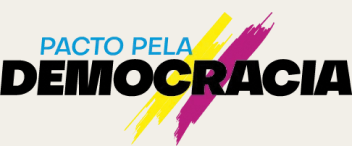
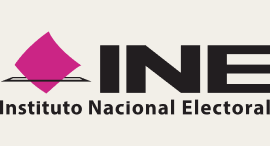
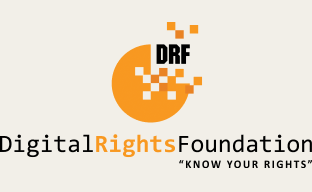
The 2024 elections projects featured in here would not have been possible without the generous support of these funders.
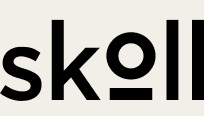


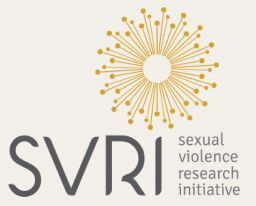
Footnotes
References
Authors
Words by
Megan runs Meedan’s Health Desk initiative as Senior Program Manager. She has worked for news outlets in Canada and the US, and holds a Peabody Award for her work on Netflix’s Patriot Act series. She has a Master of Science from the Columbia Journalism School.





